The importance of new energy vehicles compared with traditional vehicles is mainly reflected in the following aspects: First, prevent thermal runaway of new energy vehicles. The causes of thermal runaway include mechanical and electrical causes (battery collision extrusion, acupuncture, etc.) and electrochemical causes (battery overcharge and overdischarge, fast charging, low-temperature charging, self-initiated internal short circuit, etc.). Thermal runaway will cause the power battery to catch fire or even explode, posing a threat to the safety of passengers. The second is that the optimal working temperature of the power battery is 10-30°C. Accurate thermal management of the battery can ensure the service life of the battery and extend the battery life of new energy vehicles. Third, compared with fuel vehicles, new energy vehicles lack the power source of air-conditioning compressors, and cannot rely on waste heat from the engine to provide heat to the cabin, but can only drive electric energy to regulate heat, which will greatly reduce the cruising range of the new energy vehicle itself. Therefore, the thermal management of new energy vehicles has become the key to solving the constraints of new energy vehicles.
The demand for thermal management of new energy vehicles is significantly higher than that of traditional fuel vehicles. Automotive thermal management is to control the heat of the whole vehicle and the heat of the environment as a whole, keep each component working in the optimal temperature range, and at the same time ensure the safety and driving comfort of the car. New energy vehicle thermal management system mainly includes air conditioning system, battery thermal management system(HVCH), motor electronic control assembly system. Compared with traditional cars, the thermal management of new energy vehicles has added battery and motor electronic control thermal management modules. Traditional automotive thermal management mainly includes the cooling of the engine and gearbox and the thermal management of the air conditioning system. Fuel vehicles use air-conditioning refrigerant to provide cooling for the cabin, heat the cabin with waste heat from the engine, and cool the engine and gearbox by liquid cooling or air cooling. Compared with traditional vehicles, a major change in new energy vehicles is the power source. New energy vehicles do not have engines to provide heat, and air conditioning heating is realized through PTC or heat pump air conditioning. New energy vehicles have added cooling requirements for batteries and motor electronic control systems, so the thermal management of new energy vehicles is more complicated than traditional fuel vehicles.
The complexity of thermal management of new energy vehicles has driven the increase in the value of a single vehicle in thermal management. The value of a single vehicle in a thermal management system is 2-3 times that of a traditional car. Compared with traditional cars, the value increment of new energy vehicles mainly comes from battery liquid cooling, heat pump air conditioners, PTC Coolant heaters, etc.

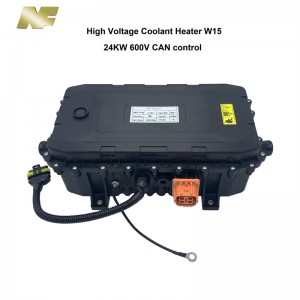
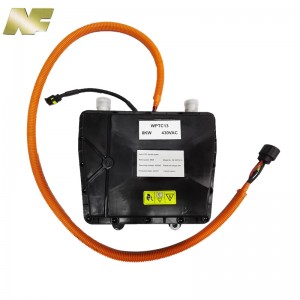
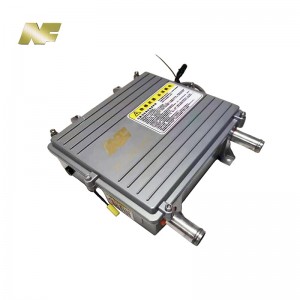
Liquid cooling has replaced air cooling as the mainstream temperature control technology, and direct cooling is expected to achieve technological breakthroughs
The four common battery thermal management methods are air cooling, liquid cooling, phase change material cooling, and direct cooling. Air-cooling technology was mostly used in early models, and liquid cooling technology has gradually become the mainstream due to the uniform cooling of liquid cooling. Due to its high cost, liquid cooling technology is mostly equipped with high-end models, and it is expected to sink to low-end models in the future.
Air cooling(PTC Air Heater) is a cooling method in which air is used as the heat transfer medium, and the air directly takes the heat of the battery away through the exhaust fan. For air cooling, it is necessary to increase the distance between heat sinks and heat sinks between batteries as much as possible, and serial or parallel channels can be used. Since the parallel connection can achieve uniform heat dissipation, most of the current air-cooled systems adopt a parallel connection.
Liquid cooling technology uses liquid convection heat exchange to take away the heat generated by the battery and reduce the battery temperature. The liquid medium has high heat transfer coefficient, large heat capacity, and fast cooling speed, which has a significant effect on reducing the maximum temperature and improving the consistency of the temperature field of the battery pack. At the same time, the volume of the thermal management system is relatively small. In the case of thermal runaway precursors, the liquid cooling solution can rely on a large flow of cooling medium to force the battery pack to dissipate heat and realize heat redistribution between battery modules, which can quickly suppress the continuous deterioration of thermal runaway and reduce the risk of runaway. The form of the liquid cooling system is more flexible: the battery cells or modules can be immersed in the liquid, cooling channels can also be set between the battery modules, or a cooling plate can be used at the bottom of the battery. The liquid cooling method has high requirements on the airtightness of the system. Phase change material cooling refers to the process of changing the state of matter and providing latent heat material without changing the temperature, and changing the physical properties. This process will absorb or release a large amount of latent heat to cool the battery. However, after the complete phase change of the phase change material, the heat of the battery cannot be effectively taken away.
The direct cooling (refrigerant direct cooling) method uses the principle of latent heat of evaporation of refrigerants (R134a, etc.) to establish an air conditioning system in the vehicle or battery system, and installs the evaporator of the air conditioning system in the battery system, and the refrigerant in the evaporator Evaporate and quickly and efficiently take away the heat of the battery system, so as to complete the cooling of the battery system.
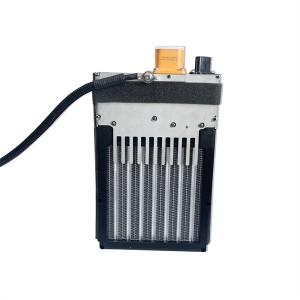
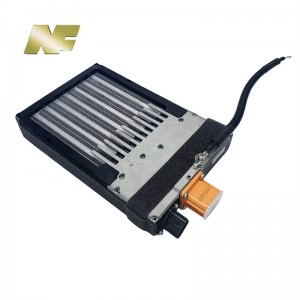

Post time: Mar-20-2023




